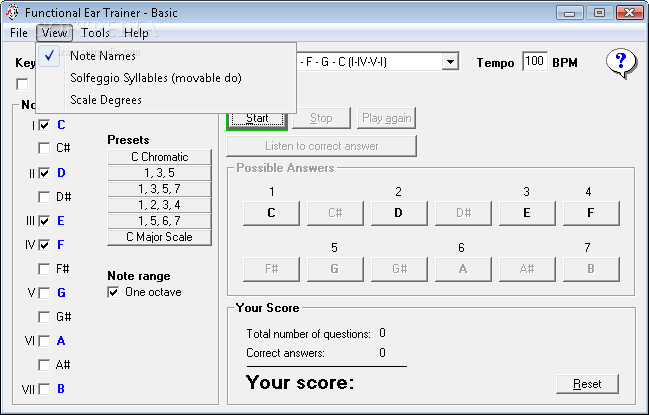

When learning ear training we get to reconsider songs we’ve heard our whole life. This is noticing note direction and is the first and most important step in your ear training. Within one lyrical phrase are the pitches getting lower, getting higher or staying the same? Pitches (or notes) go in different directions throughout a song. Once you’ve identified the parts of the song that are low, in the middle, or high up the next step is to repeat that process on a more micro level. Songs that we like to sing mostly contain pitches in the middle with brief stretches in lower and higher ranges to provide contrast. With these three categories in mind, think about one of your favorite songs and when you have to sing low, in the middle or high up. Think of a monster's growl as low, an average talking voice as in the middle and your voice after inhaling helium from a balloon as high. Pitches are sounds that are either low, in the middle or high up. Melodies are made up of a collection of pitches. When we sing along to songs, we are singing melodies. What’s more fun than singing along to your favorite songs? It’s something that all fans like to do and can be the foundation of your ear training. All you need is one of your favorite songs and a brief understanding of note direction. Whether you’re a parent who wants their child to start their musical journey or a seasoned shredder looking to make solos more tuneful, the path for ear training is similar. Ear training is easy to start and there are ways to train regardless of experience level. Whether it’s hearing melodies, genres, scales, or chord progressions - there are many ways to hone your ears. Often referred to as aural skills, ear training is a universal musical skill. Improve your hearing with these simple ear training exercisesĮar training is the formal practice of being able to identify what you’re listening to.


 0 kommentar(er)
0 kommentar(er)
